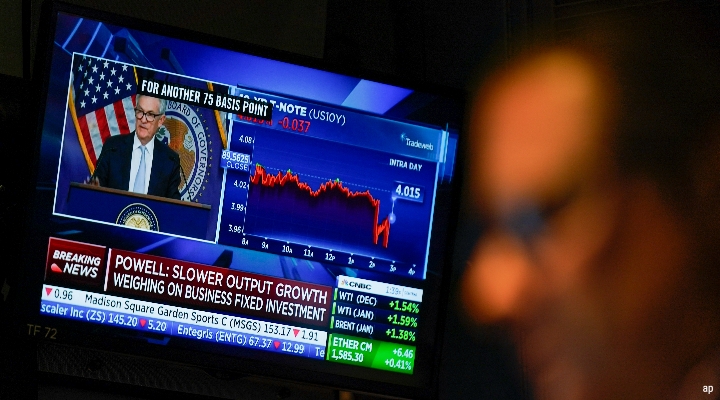
George Fulwell has been an investor since the 1980s, and has more recently built up a portfolio of shares and funds within both his SIPP and his ISA.
He started to look more seriously at his investment options in 2013, after transferring a final salary pension into SIPP, and consolidated this with a couple of smaller pensions.
This made him re-think his finances with a focus on longer term growth. “Before that I just invested in basic funds, primarily with the providers that were chosen by my employers. My ISAs were just in building society accounts.”
George still has some workplace pensions, but decided to cash out this particular final salary plan because he was worried about the longer-term viability of the scheme. “I did not trust it to stay strong. I was offered an enhanced transfer value in 2013, so I decided to take up this opportunity.”
When it comes to selecting shares to invest in, George tends to favour larger companies in sectors he is familiar with and has invested in a number of companies he has worked for. “My wife is an investment analyst and occasionally she will give me a tip. I also read financial articles and get ideas from there too.”
Currently, he has his money split between his SIPP, with AJ Bell and an ISA with Trading 212. This ISA platform has zero charges when it comes to trading, but George points out that it does impose a limit of only being able to use 95% of available funds to buy shares. This can be an issue, as it means making multiple trades to get the desired investment into a chosen share. In contrast, AJ Bell has a £10 charge per trade. He thinks this is reasonable, provided you are not trading stocks too frequently.
When it comes to his shareholdings, George has investments in telecoms company Vodafone (VOD) and Lloyds Banking Group (LLOY).
He had tried to buy into Lloyds when he had relocated to Ireland but was unable to do this through his old SIPP. As a result, he was only able to buy shares in Lloyds when he had moved back to the UK. But this means he bought at 82p a share, rather than 55p.
He says: “I still bought because I hoped for that upward trend to continue. Sadly it didn’t. The shares dropped back to the price I originally wanted to buy them for and I could do little about it.” This caused him to move his SIPP to AJ Bell, which, he says allows him to invest in shares listed on a range of overseas stock exchanges.
He adds: “I still had a large chunk invested in Lloyds which I felt I had been made to buy at too high a price, so when the pandemic hit I took a risk and sold at a loss, but bought back more shares than I originally had when the price fell even further.”
This worked initially. He adds: “Unfortunately I tried to do this a second time, but the share didn’t drop again, at least not yet.” If prices do fall again, he will be looking to top up this holding.
Elsewhere George took a chance by investing in Petropavlovsk (POG) several years ago. This Russian gold-mining company, which is listed on the London stock exchange, initially delivered excellent returns. “This served me very well initially, and I ended up with a large part of my ISA invested in Petropavlovsk. Unfortunately, since the war in Ukraine the value of this share has dropped to virtually nothing.”
George says: “Obviously I want the war in Ukraine to end for humanitarian reasons. It is a terrible situation. But I also have some selfish financial reasons for wanting the war to end too.”
Outside of these individual shareholdings, George also invests in the investment trust Chrysalis Investments (CHRY), a closed-end vehicle for investing in private, rather than publicly listed companies. He also has a holding in BNY Mellon Asian Income fund.
Chrysalis has produced good returns for investors. It has a 5-star rating from Morningstar reflecting its strong performance in recent years against within its category and against its benchmark. This is a relatively new trust, but it has delivered returns to shareholders of 19.42% in 2019, 52.85% in 2020 and then 30.32% in 2021 (based on share price, rather than NAV), according to Morningstar data. However, it is down 63% in the year to date as tech valuations have crumbled and is now trading at a discount to NAV.
This BNY Mellon Fund is another strong performer with a 4-star rating from Morningstar and a quantiative rating of Bronze . This fund focuses on delivering both higher income streams and capital growth from investing in companies across Asia, excluding Japan. According to Morningstar data it has delivered annualised returns of 6.08% over the past five years.
George over the years has learned that losses are an inevitable part of investing. He hopes these will be outweighed by strong gains elsewhere. He adds: “Make sure you can, if necessary, hold onto a stock that has dropped to give it time to bounce back. Also, if you believe in that stock then add to that investment when it falls, the bounce back then means much more.”


























